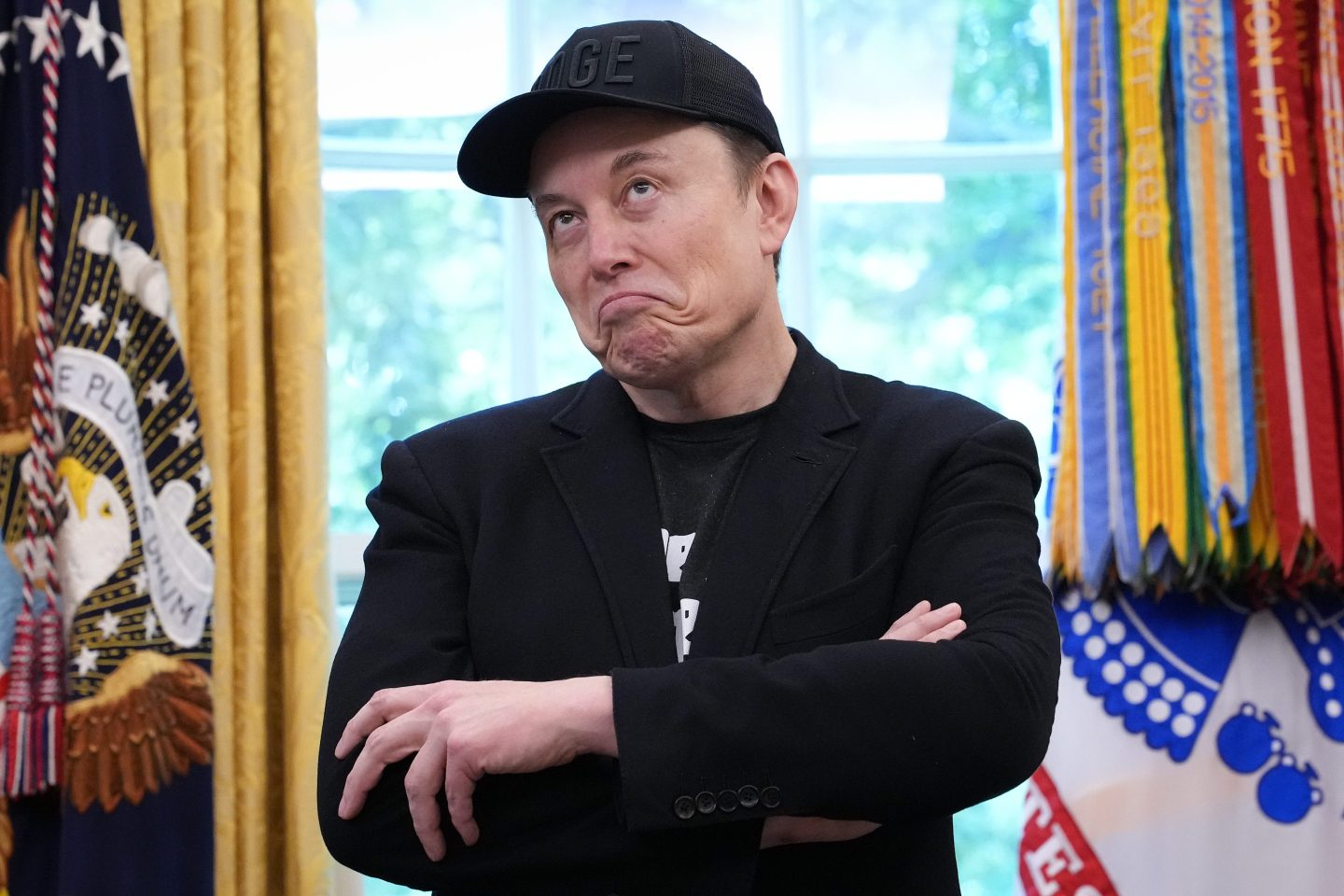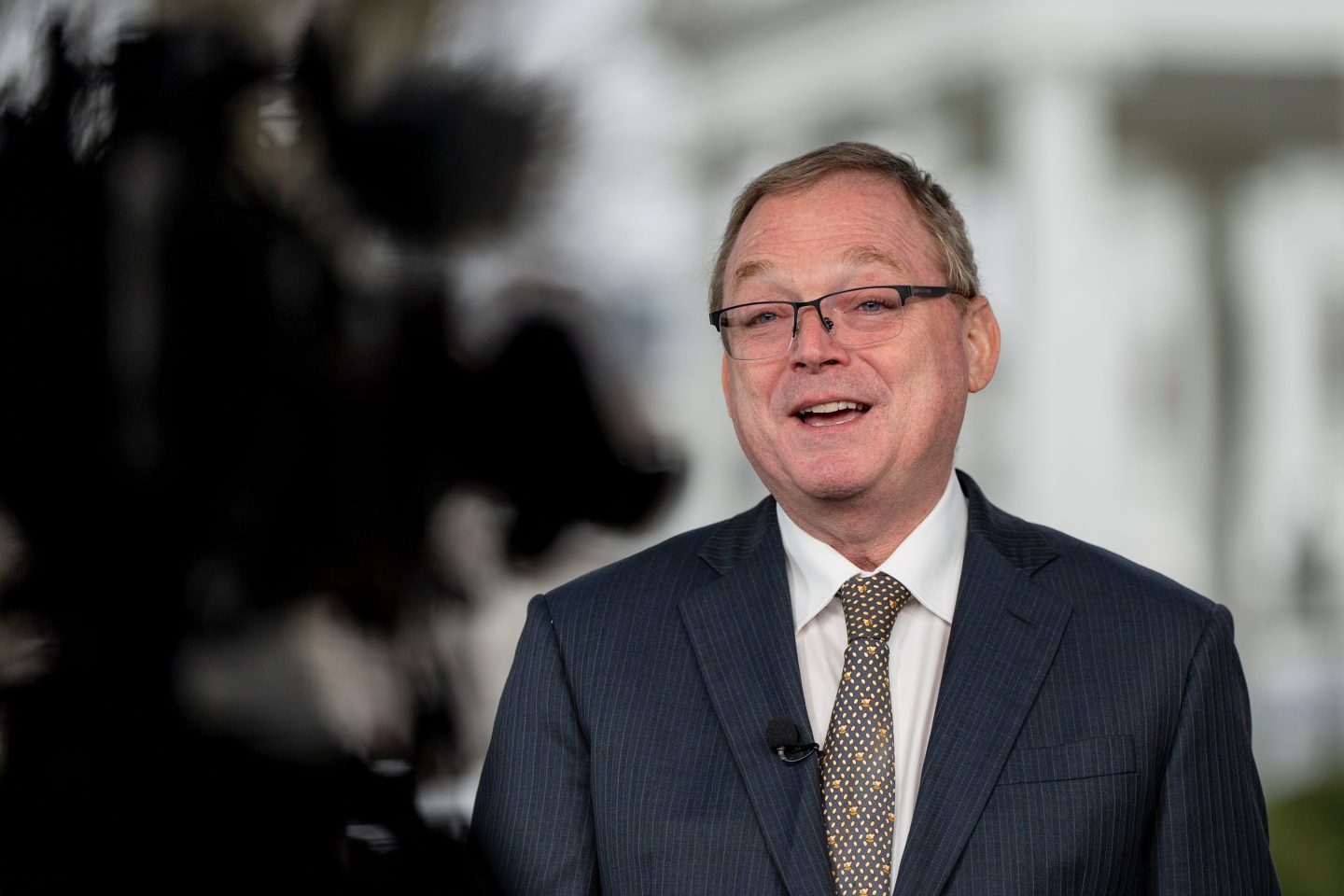If the market doesn’t seem sure whether or not to expect a base interest rate cut next month, it’s not alone—members of the Federal Open Market Committee (FOMC) themselves may have little clue which way the vote is going to go.
In the run-up to this week, the mood was one of disappointment that the FOMC wouldn’t deliver a final cut for 2025, an action many analysts had priced in since this summer. A week ago, investors hedged their bets at a 50/50 likelihood of a 25bps cut from its current position of 3.75% to 4%.
But the tides changed quickly, based on both data and comments from members of the FOMC, and at the time of writing, CME’s FedWatch barometer places an 81% probability of a cut early next month.
A key part of the shift came after comments from the New York Fed’s John Williams, who joined voices like Trump appointee Stephen Miran and Governor Chris Waller in advocating for a cut. This, analysts warned this morning, may need to be taken with a pinch of salt: Members will be asking whether their peers are truly dovish, or are ruffling feathers in order to catch the eye of President Trump and secure a nomination for Fed chairman next year.
Data isn’t making the path much clearer. The first payroll report after the end of the government shutdown painted a pallid picture of the jobs market. Powell called it a “low hire, low fire” environment. The unemployment rate remained relatively stable at 4.4%, and the jobs market added a relatively small 119,000 roles in September.
Offsetting the tepid employment outlook, which forms one part of the Fed’s mandate, is the inflation question. Members of the FOMC are mindful that inflation remains comfortably ahead of its 2% target, a trend that is likely to come into even greater focus during a period of high consumer spending.
This combination means holiday spending data holds more levity than usual; in fact, it is “crucial,” wrote Jeremy Siegel, emeritus professor of finance at the Wharton School of the University of Pennsylvania.
Writing for WisdomTree yesterday, where he is senior economist, Siegel added: “Real-time credit-card reads and retail commentary will reveal far more about underlying consumer momentum than backward-looking payroll reports that remain distorted by the shutdown. Strong spending will tilt the Fed toward a December pause; soft spending makes the December meeting genuinely live.”
As such, “this is the most uncertain FOMC meeting in years because the committee itself doesn’t yet know the answer,” added Siegel. “[Chair Jerome] Powell prefers to signal decisions well in advance, but the data simply is not speaking loudly enough.”
Williams signaling an openness to a cut is “groundwork” from the dovish camp, Siegel added, while hawks are insisting the data is not strong enough either way to prompt action: “It sets up a rare, genuinely suspenseful meeting—one where investors should expect volatility around both the statement and the new dot plot.”
A question of motivation
Goldman Sachs chief economist Jan Hatzius shares the opinion of president Williams, arguing that the payroll data for September is weak enough to motivate a cut. In a note released Sunday, Hatzius wrote: “His view is likely consistent with that of Chair Powell—who almost certainly wrote down three cuts in the September dot plot—and a majority of the 12 voting FOMC members, though not necessarily a majority of all 19 FOMC participants.
“With the next jobs report now scheduled for Dec. 16 and CPI [the consumer price index] for Dec. 18, there is little on the calendar to derail a cut on Dec. 10.”
However, with Chair Powell due to step down next year—much to the joy of President Trump, who has repeatedly criticized him for refusing to cut the base rate—it may be hard to separate the true doves from those auditioning for the role.
As UBS chief economist Paul Donovan said this morning: “U.S. Federal Reserve Governor Waller, who President Trump is considering as a candidate for Fed chair, supported Trump’s calls for more rate cuts yesterday. Waller advocated a December rate cut, which got markets somewhat excited, although Waller justified this with suggestions that the U.S. labor market might perhaps be in trouble.”
Donovan countered that a higher inflation rate is being accommodated by U.S. households saving less, suggesting a level of confidence in the jobs market. “If Waller is right,” Donovan added, “the U.S. economy is at quite significant risk, and this should be a major concern for financial markets.
“If, however, this call is merely a subtly disguised cry of ‘Pick me! Pick me!’ aimed at Trump, then markets will focus on the benefits of monetary accommodation and not the mooted risks it is purportedly offsetting.”










